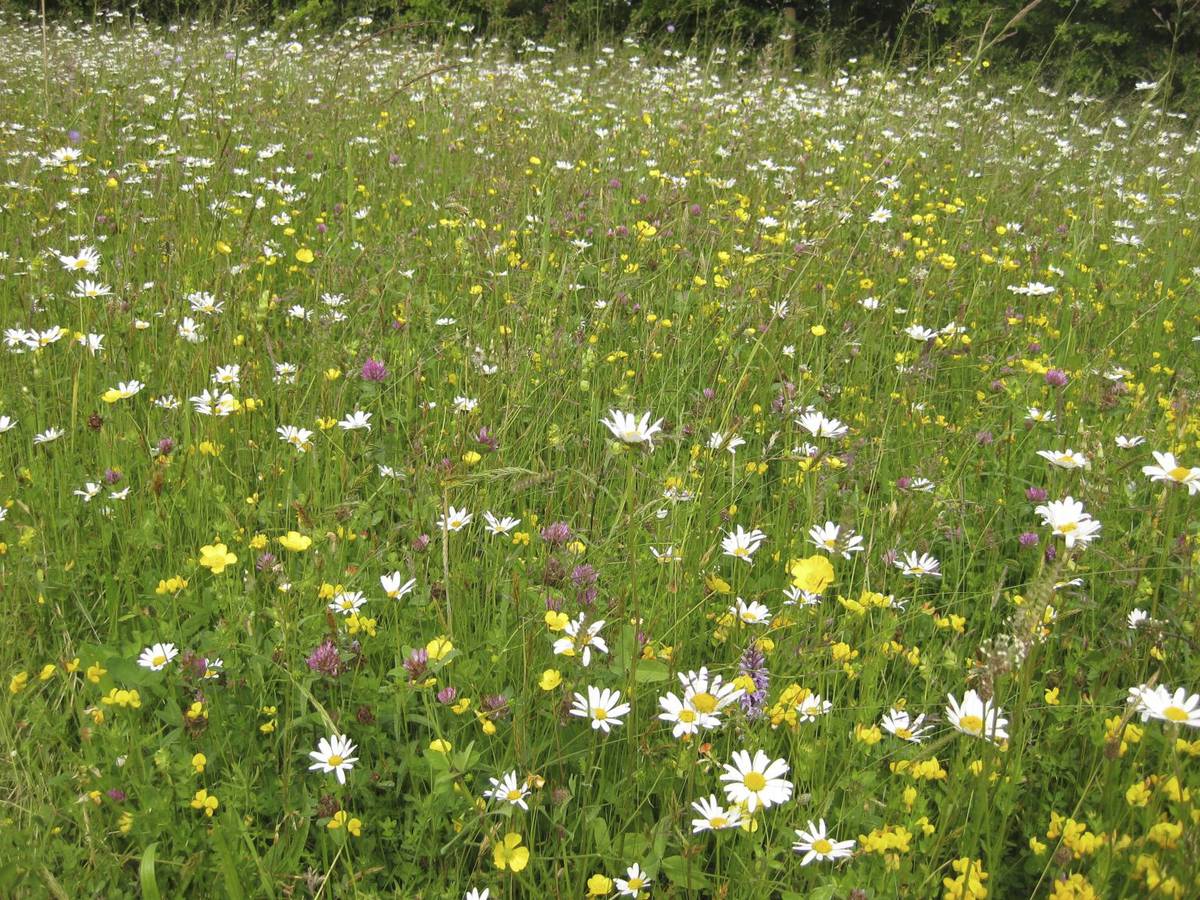The grasslands of the future need to consist of nutritious grassland species that can persist without re-sowing and high levels of fertiliser and herbicide inputs, making them both more economically viable and resulting in reduced greenhouse gas emissions. Identifying relevant locally adapted species and developing appropriate propagation techniques are key to a successful shift towards such grasslands.
A year-long project involving DLF Seeds and the UK Centre for Ecology & Hydrology (UKCEH) will help address this challenge. It will explore the scientific evidence on grassland composition using data from UKCEH’s Countryside Survey, to identify which species, with which properties, grow successfully in multi-species grasslands across lowland grazing areas of GB and specifically the north of Great Britain.
The research, funded by a £26,000 grant from Innovate UK, will also pilot innovative techniques for rapid plant propagation which will enable large quantities of seed to be produced quickly and locally, rather than being sourced from distant and distinct populations.
This work will address a huge future issue around how we effectively transition towards the grasslands of the future at local levels.
Dr Lisa Norton, an agro-ecologist at UKCEH who is part of the project team, explains: “Multi-species pasture, comprising several species of grasses, legumes and forage herbs, have been shown to provide nutritional food to livestock and support biodiversity and carbon storage in the soil, without the need for manufactured fertilisers which require carbon-intensive production.”
